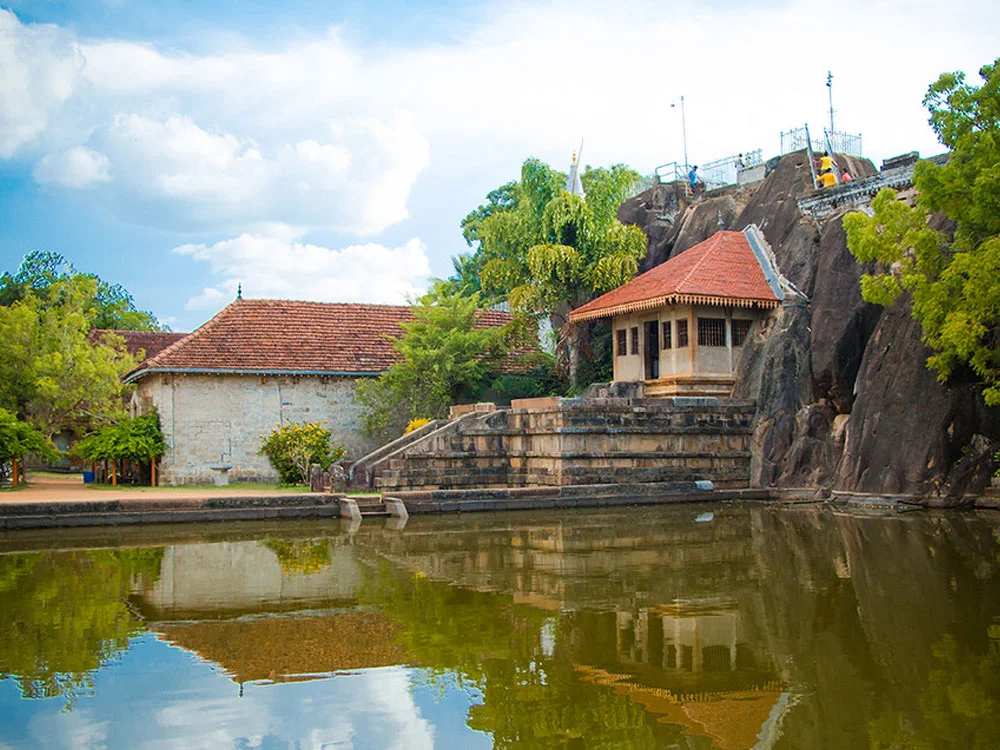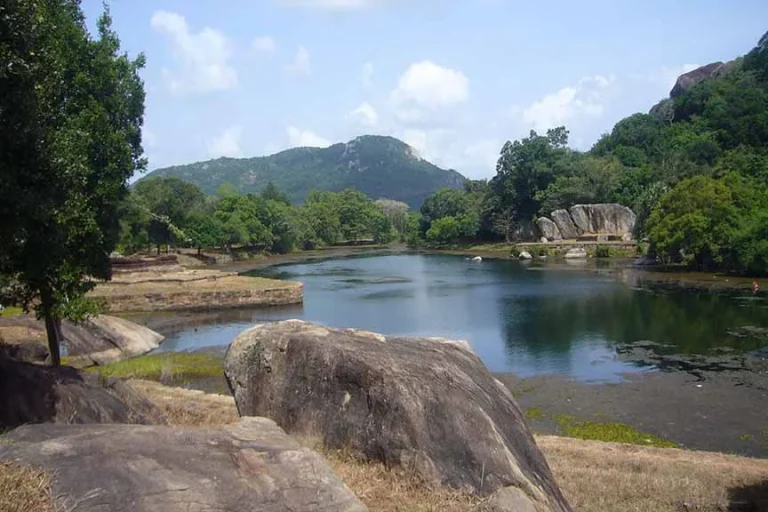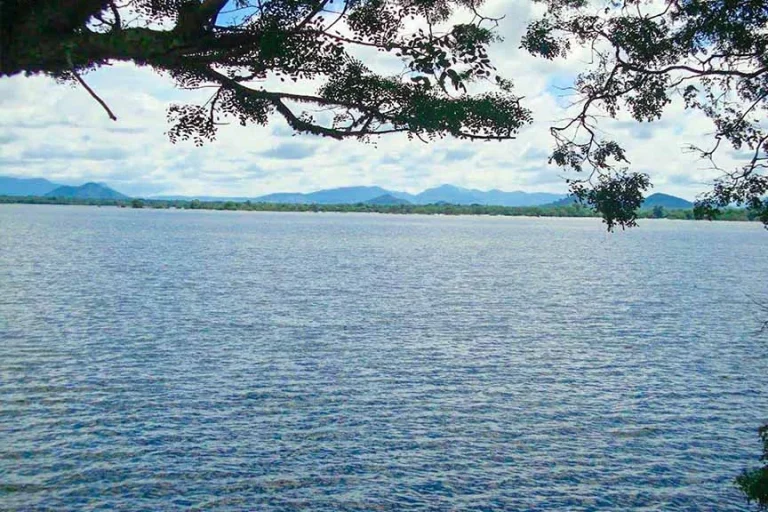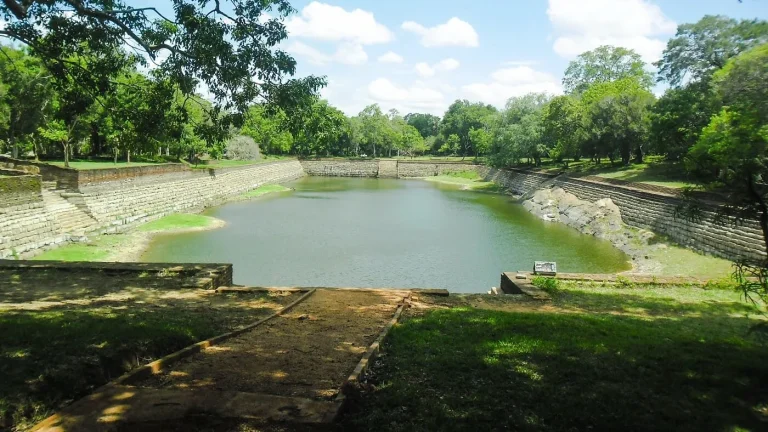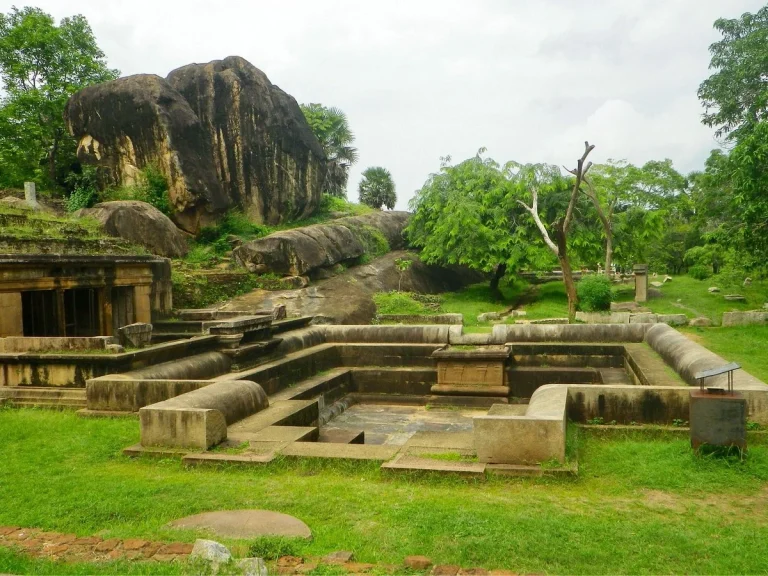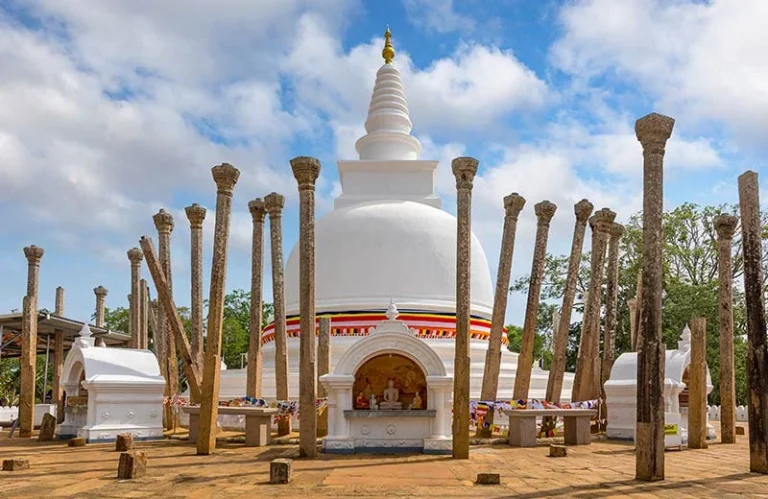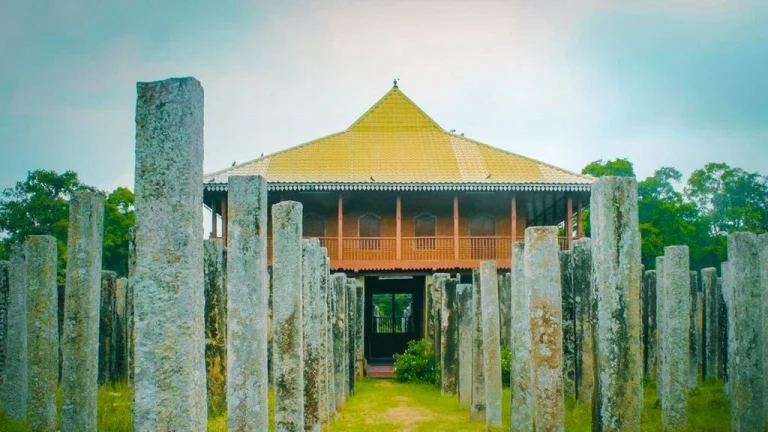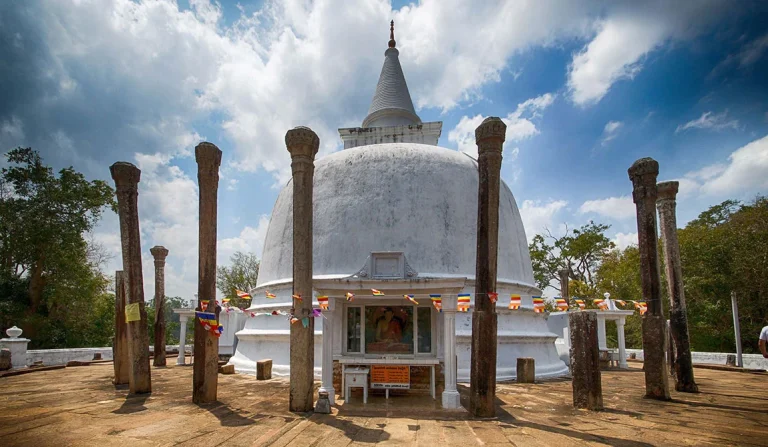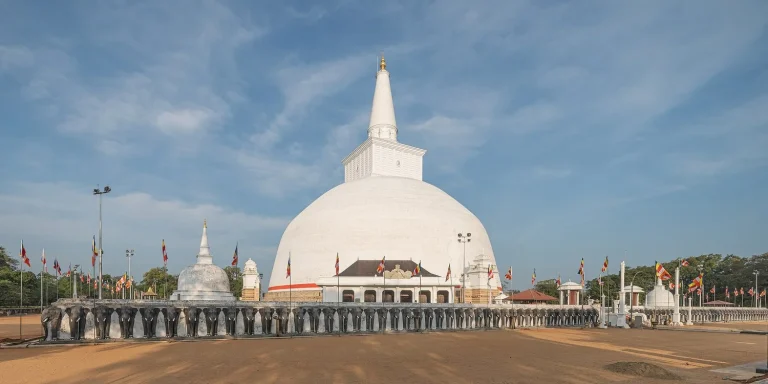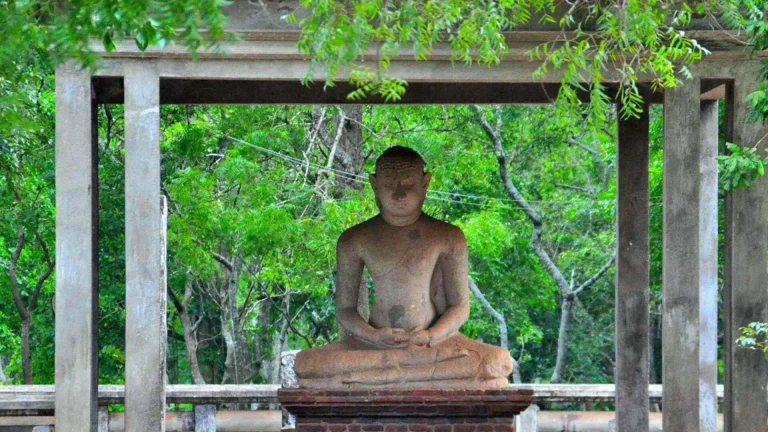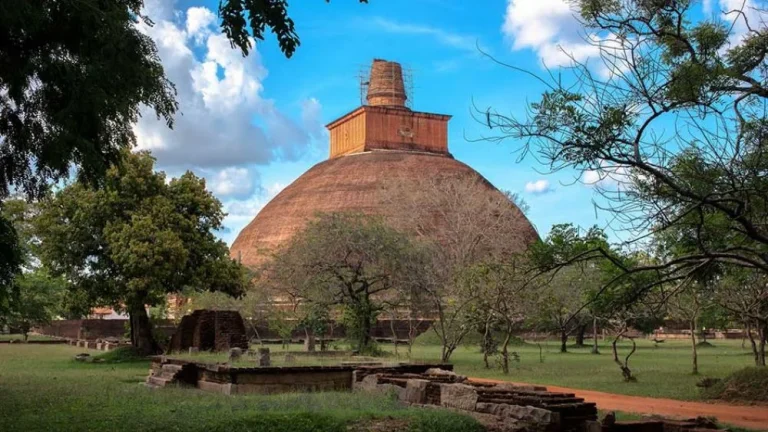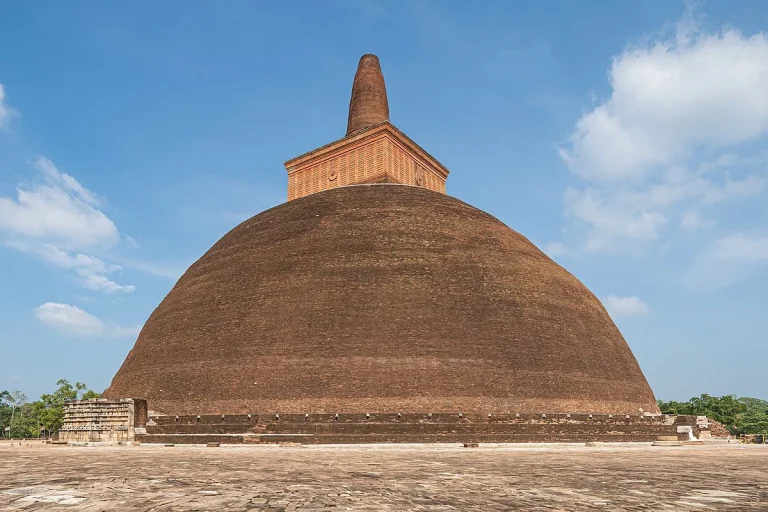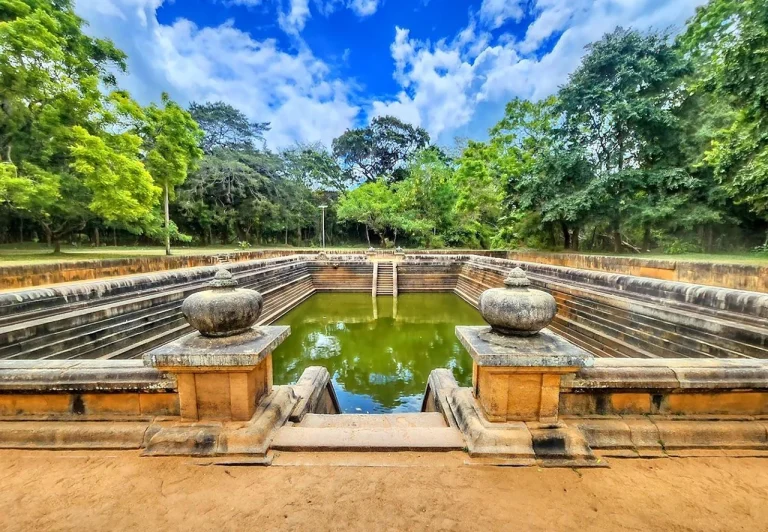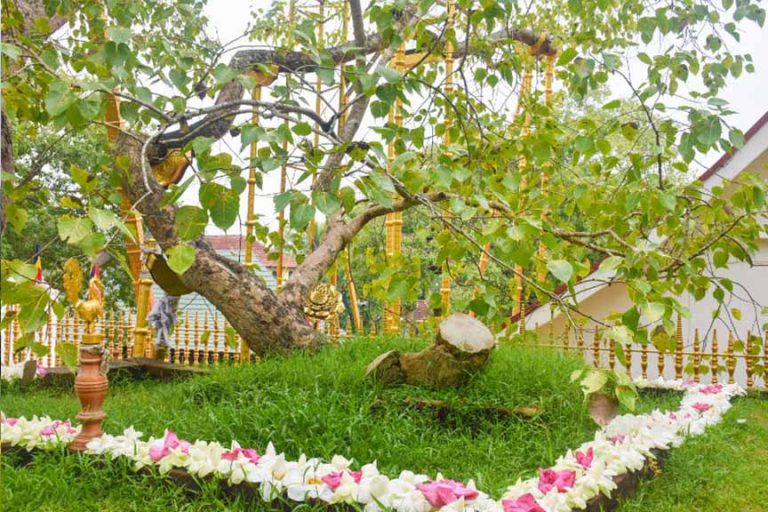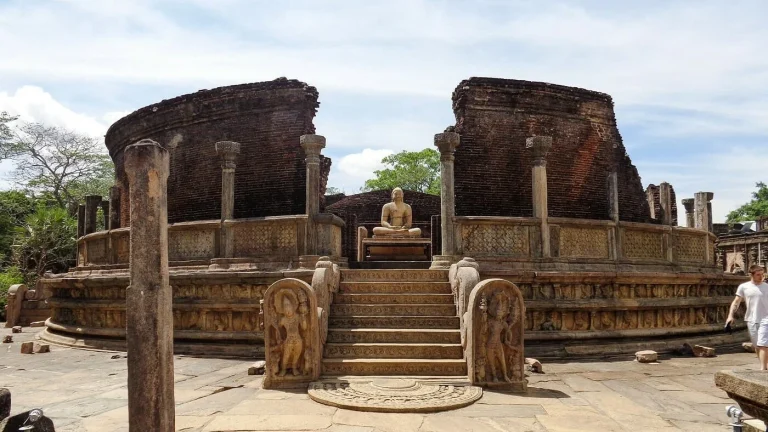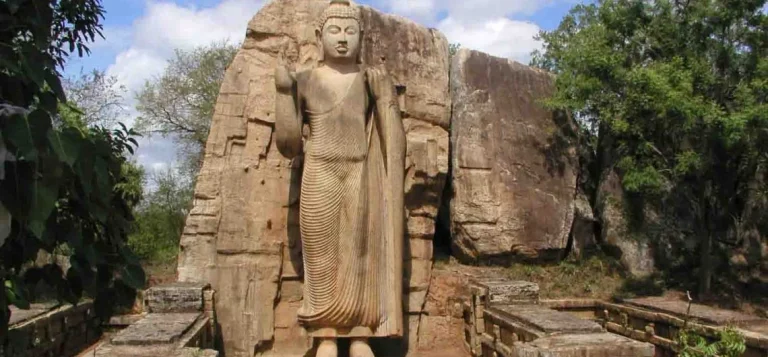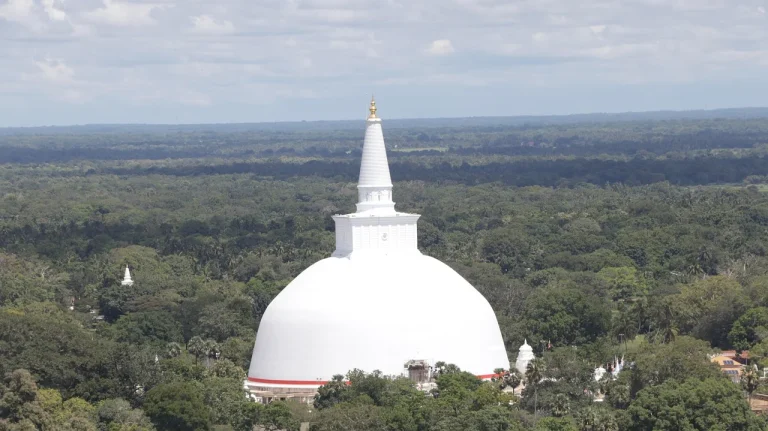All Provinces
Anuradhapura Isurumuniya Viharaya: A Timeless Gem in Sri Lanka
Nestled in the heart of the ancient city of Anuradhapura, Isurumuniya Viharaya is one of Sri Lanka’s most treasured Buddhist temples, revered not only for its spiritual significance but also for its unique blend of history, culture, and art. This sacred site holds a special place in the history of Sri Lanka, dating back over two millennia. For travelers seeking to explore the rich cultural heritage of the island, a visit to Isurumuniya is an unforgettable experience.
History and Significance of Isurumuniya Viharaya
Isurumuniya Viharaya was originally constructed during the reign of King Devanampiya Tissa in the 3rd century BCE, making it one of the oldest Buddhist temples in Sri Lanka. It was initially a retreat for 500 high-caste children who were ordained as monks, highlighting its role in the Buddhist monastic tradition. Over the centuries, the temple became a significant pilgrimage site for Buddhists and history enthusiasts alike.
The Viharaya (temple) is best known for its intricate rock carvings, particularly the Isurumuniya Lovers, which depict a romantic couple believed to be Prince Saliya and his beloved Asokamala from ancient Sri Lankan folklore. This famous sculpture has long been a symbol of love and devotion in Sri Lankan culture, adding a unique dimension to the spiritual ambiance of the temple.
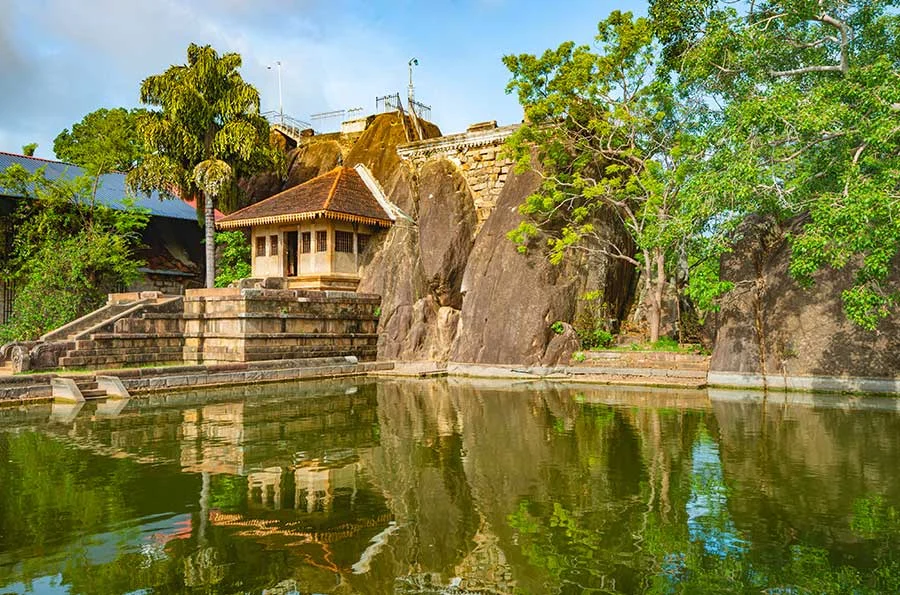
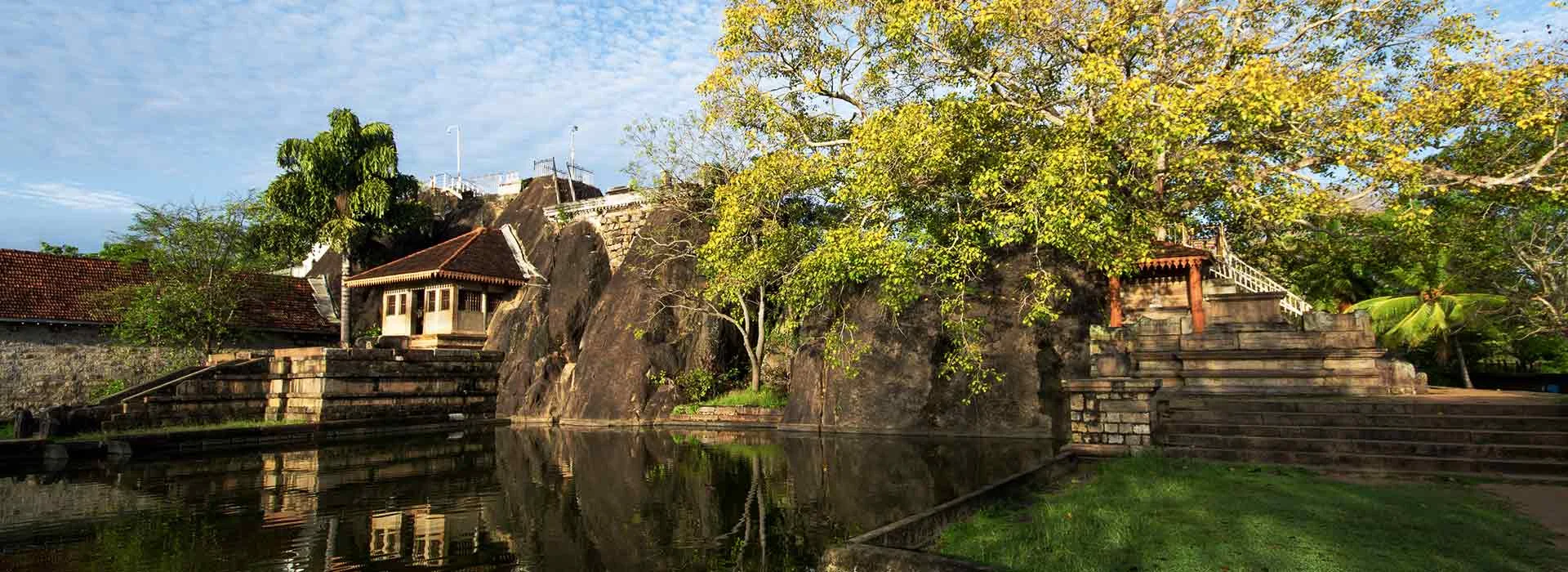
Architectural Marvels and Artistic Highlights
Isurumuniya Viharaya is a remarkable fusion of natural rock formations and man-made structures, a testament to the ancient Sri Lankan craftsmanship and architectural ingenuity. The temple is built into a large rock face, with its primary shrine located inside a cave-like formation. The blending of architecture with the natural landscape is one of the most striking features of the site.
One of the key highlights of the Viharaya is the series of stunning rock carvings that adorn its surroundings. In addition to the iconic Isurumuniya Lovers, there are several other significant carvings, including the Elephant Pond and the Man and Horse sculpture. The Elephant Pond features a group of finely detailed elephants in various postures, symbolizing strength and power in Buddhist iconography. The Man and Horse carving, with its detailed depiction of a man leading a horse, showcases the ancient Sri Lankan mastery of stone carving techniques.
The serene Lotus Pond, located at the foot of the rock, adds to the tranquil atmosphere of the temple, inviting visitors to pause and reflect. The pond’s calm waters perfectly mirror the surrounding rock formations, creating a picturesque and peaceful environment for meditation.
Spiritual Significance
Isurumuniya Viharaya is not just an archaeological wonder; it is a place of deep spiritual significance for Buddhists. Pilgrims from across Sri Lanka and beyond come to the temple to offer prayers and pay homage to the Buddha. The Isurumuniya Stupa, a small white dagoba (stupa), located on top of the rock, is a focal point for spiritual activities, where devotees can be seen engaging in rituals and offerings.
How to Reach Isurumuniya Viharaya
Isurumuniya Viharaya is located in Anuradhapura, which is approximately 200 kilometers north of Sri Lanka’s capital, Colombo. The city is easily accessible by road, and buses or trains run regularly from Colombo and other major cities. For travelers seeking more comfort, hiring a private car or taxi is also a popular option.
Once in Anuradhapura, the temple is just a short distance from the city center, and can be easily reached by tuk-tuk, bicycle, or even on foot. The temple is situated near Tissa Wewa, an ancient reservoir that adds to the historical charm of the surroundings.
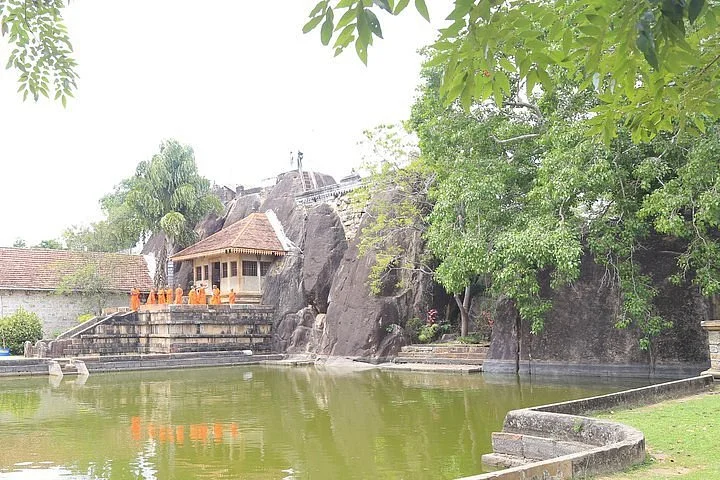
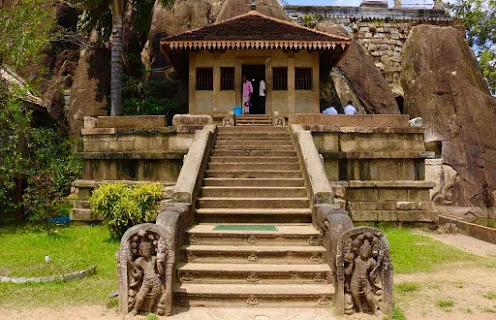
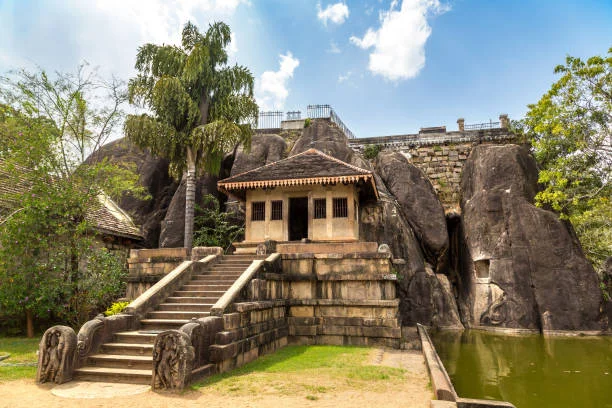
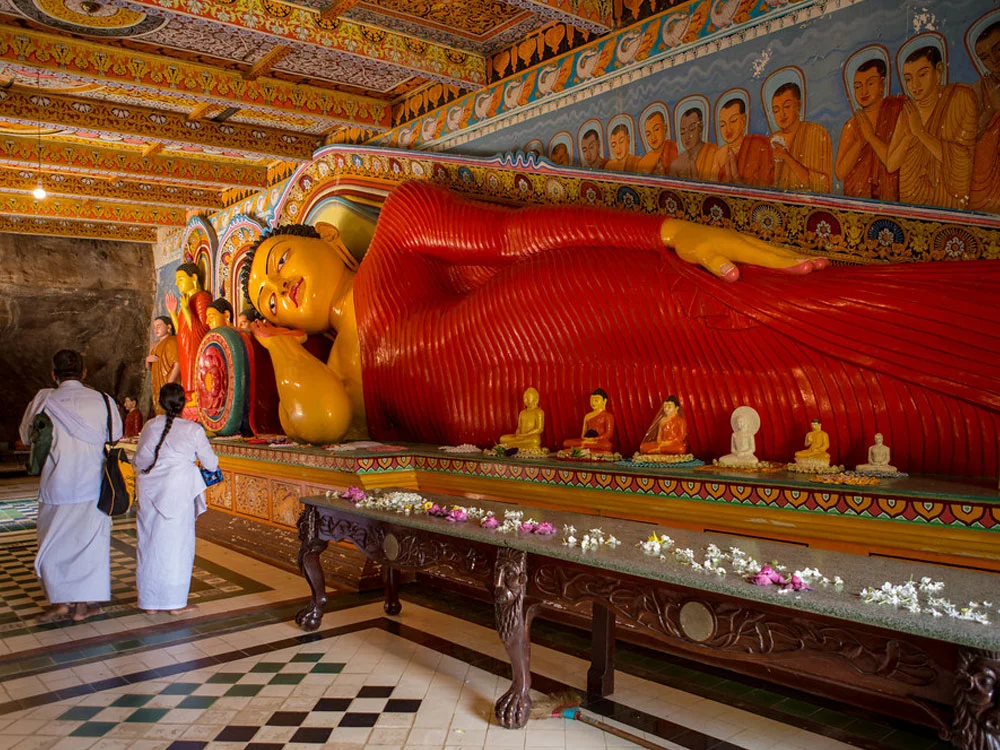
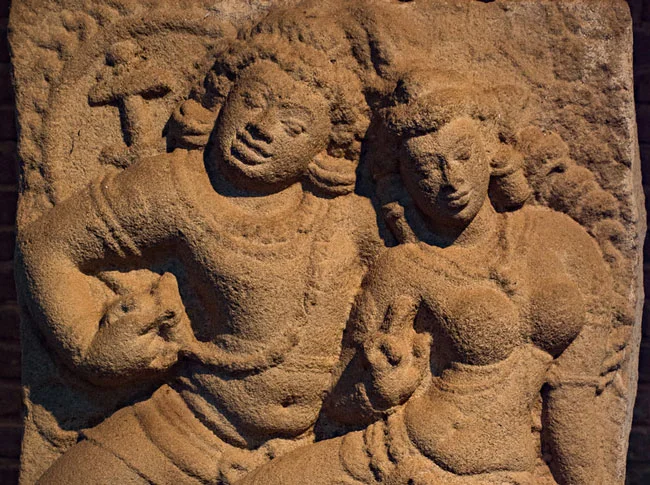
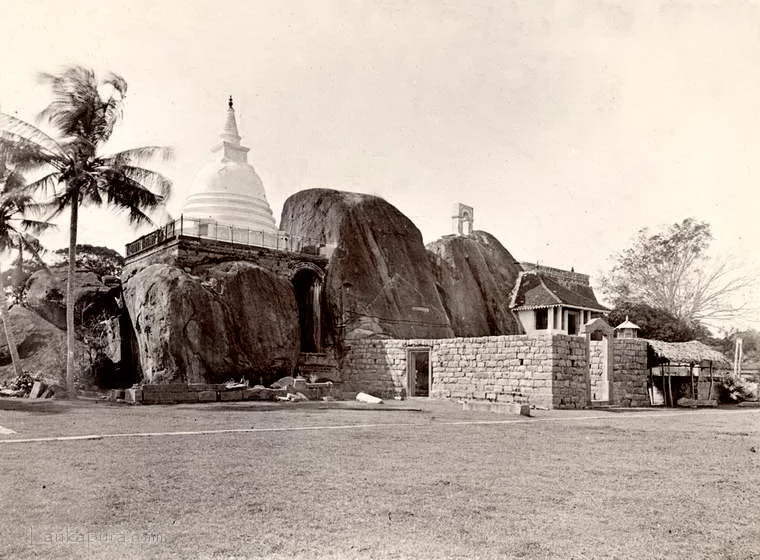
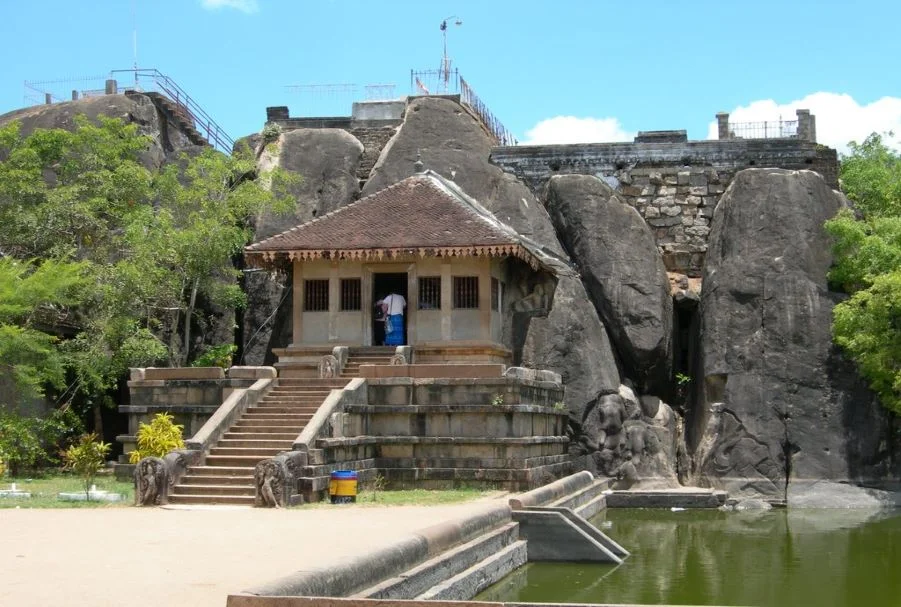
Best Time to Visit
Anuradhapura has a warm climate throughout the year, making it possible to visit Isurumuniya Viharaya in any season. However, the best time to explore the temple and the surrounding area is during the cooler months, between November and April, when the weather is more pleasant for outdoor activities. If you prefer a quieter experience, avoid visiting during Poya (Full Moon) Days or major Buddhist festivals, as the temple can become crowded with pilgrims.
Other Nearby Attractions
Anuradhapura is a treasure trove of ancient sites, so no visit to Isurumuniya Viharaya would be complete without exploring other nearby attractions. Some of the must-visit sites include:
- Ruwanwelisaya Stupa: One of the most iconic stupas in Sri Lanka, located just a short distance from Isurumuniya.
- Sri Maha Bodhi Tree: The sacred fig tree, believed to be grown from a branch of the original Bodhi Tree under which the Buddha attained enlightenment.
- Jetavanaramaya: A massive stupa that was once one of the tallest structures in the ancient world.
These sites, along with Isurumuniya Viharaya, form part of the larger Anuradhapura UNESCO World Heritage Site, making it a must-see destination for history buffs and spiritual seekers alike.
Travel Tips
- Dress Code: As with all Buddhist temples in Sri Lanka, modest dress is required. Ensure your shoulders and knees are covered when visiting Isurumuniya Viharaya.
- Footwear: You’ll need to remove your shoes before entering the temple grounds, so it’s a good idea to wear footwear that’s easy to slip on and off.
- Respectful Behavior: Remember to maintain a respectful demeanor while at the temple, as it is a place of worship.
- Photography: While photography is allowed, avoid using flash inside the temple and be mindful of people engaged in prayer.
Conclusion
A visit to Isurumuniya Viharaya offers a unique opportunity to delve into the ancient history and rich culture of Sri Lanka. The temple’s stunning rock carvings, serene atmosphere, and spiritual significance make it an essential stop on any traveler’s itinerary when exploring the sacred city of Anuradhapura. Whether you’re a history enthusiast, a cultural explorer, or a pilgrim seeking spiritual solace, Isurumuniya Viharaya promises a journey of discovery and tranquility.
See More Tourist Places Click Here

